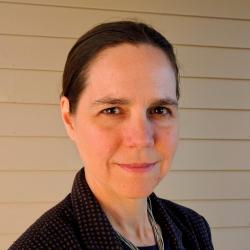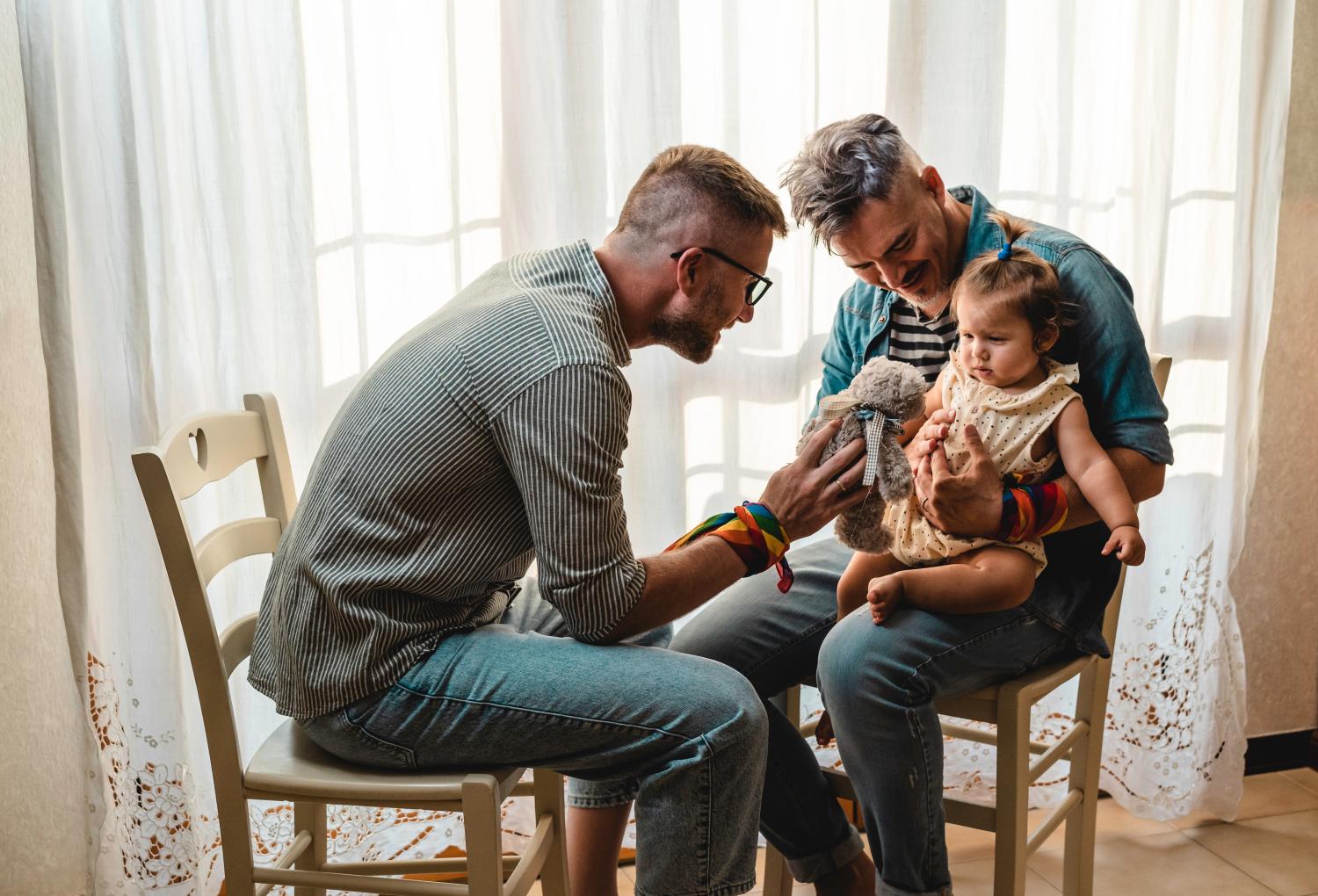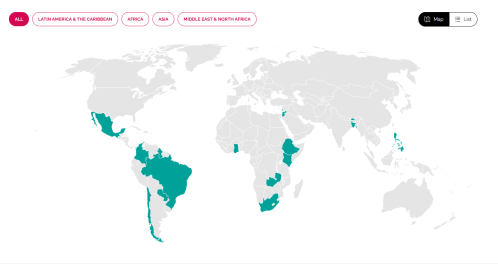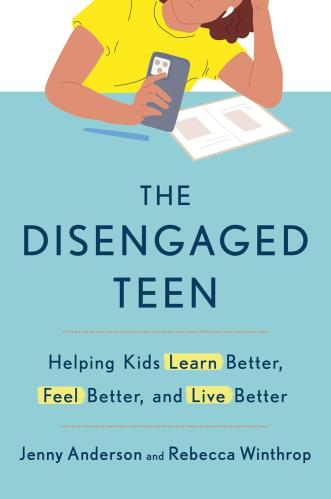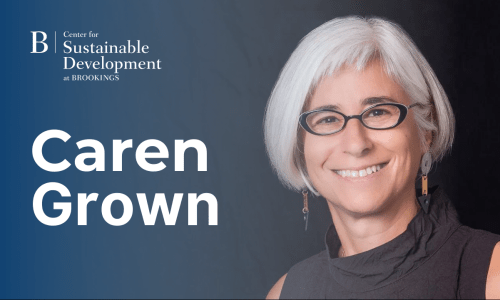LGBTQ+ (Lesbian, Gay, Bisexual, Transgender, Queer/Questioning) identification has doubled over the past decade, yet data on the overall LGBTQ+ population remains limited in large, nationally representative surveys such as the American Community Survey. These surveys are consistently used to understand the economic wellbeing of individuals, but they fail to fully capture information related to one’s sexual orientation and gender identity (SOGI).[1]
Asking incomplete SOGI questions leaves a gap in research that, if left unaddressed, will continue to grow in importance with the increase of the LGBTQ+ population, particularly among younger cohorts. In this report, we provide an overview of four large, nationally representative, and publicly accessible datasets that include information relevant for economic analysis. These include the Behavioral Risk Factor Surveillance System (BRFSS), National Health Interview Survey (NHIS), the American Community Survey (ACS), and the Census Household Pulse Survey. Each survey varies by sample size, sample unit, periodicity, geography, and the SOGI information they collect.[2]
The difference in how these datasets collect SOGI information impacts the estimates of LGBTQ+ prevalence. While we find considerable difference in measured LGBT prevalence across datasets, each survey documents a substantial increase in non-straight identity over time. Figure 1 shows that this is largely driven by young adults, who are increasingly likely to identify as LGBT over almost the past ten years. Using data from NHIS, around 4% of 18–24-year-olds in 2013 identified as LGB, which increased to 9.5% in 2021. Because of the short time horizon in these surveys, it is unclear how the current young adult cohort will identify as they age. Despite this, an important takeaway is that younger age groups clearly represent a substantial portion of the LGB community and are important to incorporate in economic analyses.

How many go unidentified in the ACS?
The American Community Survey does not collect any information related to sexual orientation and it does not contain a complete gender identity question. Instead, the ACS has only historically been able to classify households that are same-sex households (SSH) and different-sex households (DSH) based on cohabitation. This results in a large portion of the LGBT population not being identified in the ACS, including youth and LGBT individuals who are not in relationships. To estimate the number of LGBT people that the ACS misses in their survey, we compare age groups with those in other datasets that contain more detailed SOGI information. Figure 2 highlights the gaps in the shares of all individuals who are LGB/T and unidentified in the ACS. As the variation shows, the share of young adults (ages 18-24) who are LGB/T ranges from around 10% in the NHIS to 22% in the Pulse. However, those in same-sex relationships only account for a small fraction of all LGBT individuals, especially among young adults. We estimate that the ACS only accounts for between 12-26% of the total LGBT population and only 3-5% of the total number of LGBT youth nationally in 2021. In counts, we estimate that up to 4.5 million young adults and up to 17.3 million total individuals go unidentified as LGBT in the ACS due to incomplete SOGI questions.

Policymakers should advocate for better SOGI collection
The incomplete SOGI identification in the ACS is of particular concern if important outcome disparities across groups are misestimated. LGBT individuals in cohabiting relationships are likely to be different from the overall LGBT population on a variety of dimensions. We examine current economic outcomes of the LGBT population using the new Census Bureau Household Pulse Survey. The LGBT population has worse economic outcomes on average than the non-LGBT population, a difference which is only partially explained by age and other demographic characteristics. By comparing similar outcome variables across the Pulse and the ACS, we see that the ACS overstates the economic well-being of LGBT people because the proxy for LGBT includes individuals in cohabiting relationships, who tend to be older and advantaged in other ways.
Policymakers should urge federal agencies to improve survey design to fill a critical knowledge gap and better tailor policies to suit the LGBTQ+ population. In addition to efforts for better data collection in the ACS, we also emphasize that other surveys collect information related to both sexual orientation and gender identity. Current datasets such as the NHIS only collect data on sexual identity, but an incomplete gender identity question impacts LGBT measurement limits and analysis of transgender populations.
Several efforts have developed the best practices to ask SOGI questions on surveys and recent legislation is beginning to make LGBTQ+ data inclusion a priority. We see these as necessary steps towards better data collection and analysis of the LGBTQ+ population.
Read the report here.
Footnotes:
[1]: According to GLAAD, “sexual orientation describes a person’s enduring physical, romantic, and/or emotional attraction to another person (for example: straight, gay, lesbian, bisexual, [queer]). Gender identity is [one’s] own, internal, personal sense of being a man or a woman (or as someone outside of that gender binary).”
[2]: We mainly focus on the LGB/T population because it is difficult to identify “Q” populations accurately in any of these surveys. We describe this in more detail in the report. We use the acronym LGBTQ+ in places to describe more broadly the general population, but we use the acronyms LGB/T in places where we discuss data measurement.
The Brookings Institution is financed through the support of a diverse array of foundations, corporations, governments, individuals, as well as an endowment. A list of donors can be found in our annual reports published online here. The findings, interpretations, and conclusions in this report are solely those of its author(s) and are not influenced by any donation.

